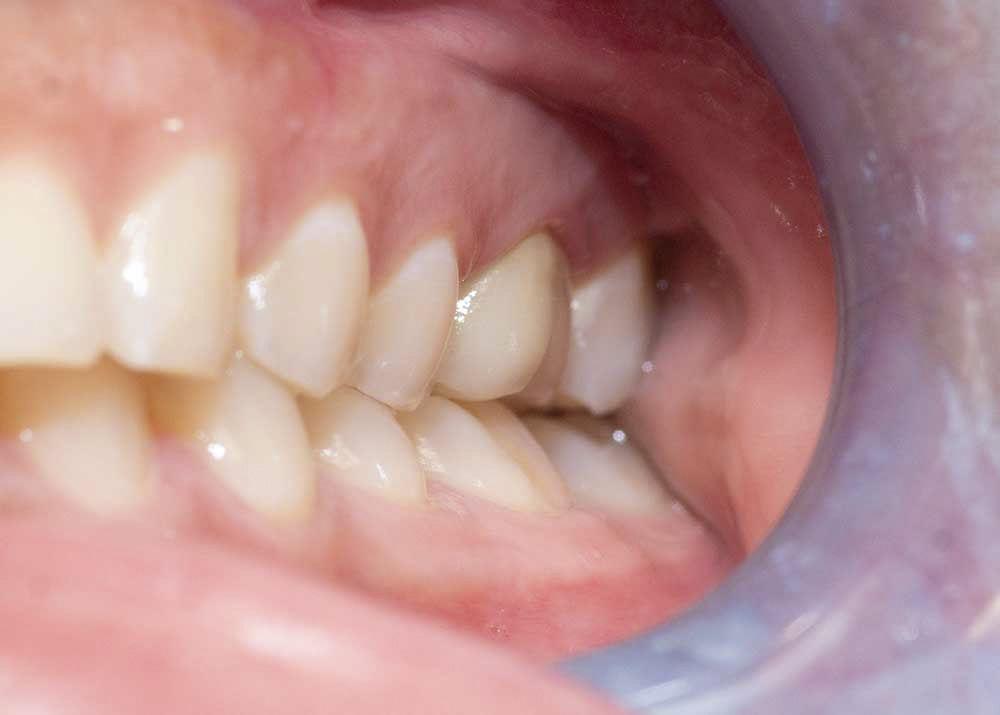PORCELAIN CROWNS/BRIDGES
Porcelain crowns are tooth-shaped and tooth-colored caps placed over an existing tooth. The dental crown looks and functions like actual teeth, and it’s used to restore your original tooth’s shape, function, and strength. Porcelain crowns are generally used after a root canal procedure or to restore a tooth with a large cavity or dental fracture.
At URBN Dental, we examine your affected tooth to curate the ideal restorative treatment plan. We take impressions of your teeth to produce the most natural porcelain crowns to strengthen your teeth and improve their appearance. Please continue reading to learn more about porcelain crowns and bridges at URBN Dental.












